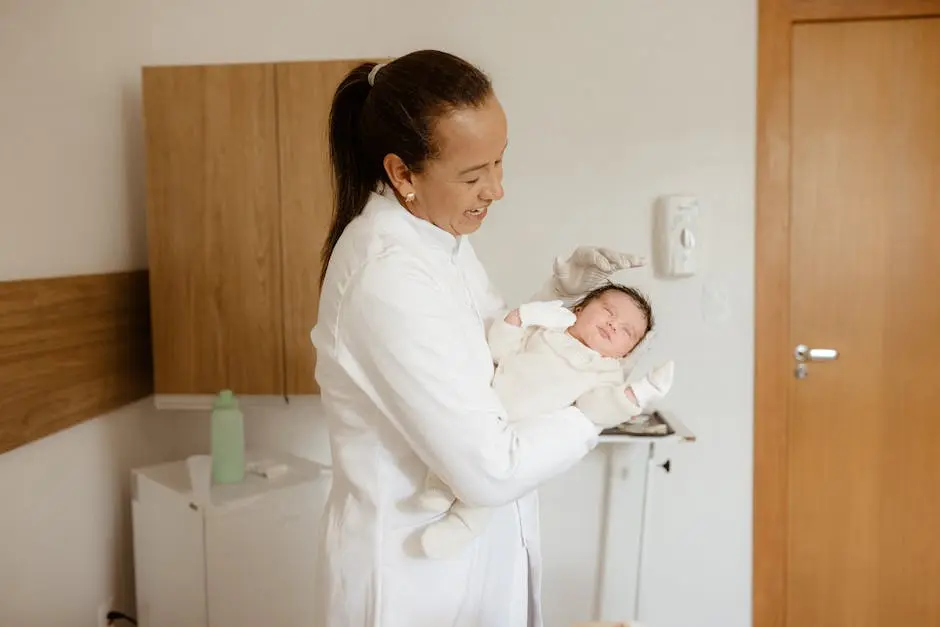Our Blog
How Does Pediatric Gastroenterology Treat Choledochal Cysts?
September 21, 2024
Pediatric gastroenterology plays a crucial role in diagnosing and treating choledochal cysts, which are rare congenital malformations. This FAQ blog will guide you through the process of treatment, from diagnosis to follow-up care, helping you understand how specialists manage this condition in children.
Understanding Choledochal Cysts
Choledochal cysts are abnormal dilations of the bile duct, which can lead to complications if left untreated. In children, these cysts are often congenital, meaning they are present at birth. Understanding their nature is crucial for parents seeking treatment options.
These cysts can vary in size and shape, and symptoms may not always be immediately apparent. Parents should watch for signs such as abdominal pain, jaundice, or swelling, which may indicate the presence of a choledochal cyst.
Accurate diagnosis is essential; pediatric gastroenterologists utilize advanced imaging techniques, such as ultrasound and MRI, to confirm the presence of a choledochal cyst. This understanding paves the way for effective treatment options.
Diagnosis of Choledochal Cysts
The diagnosis of choledochal cysts often begins during routine check-ups or if a child presents symptoms. Pediatric gastroenterologists play a pivotal role in this process, combining clinical expertise with state-of-the-art diagnostic tools.
Blood tests may also be conducted to assess liver function, as choledochal cysts can impact these systems. Imaging studies, including ultrasound and magnetic resonance cholangiopancreatography (MRCP), help to visualize the cyst’s structure and determine the best course of action.
Once diagnosed, a detailed discussion of treatment options ensues. This conversation aims to ensure that caregivers fully understand the condition and what to expect moving forward. It’s essential for caregivers to feel supported and informed during this critical time.
Surgical Treatment Options
Surgical intervention is typically the primary treatment for choledochal cysts. Pediatric gastroenterologists aim to remove the cyst and reconstruct the bile duct to restore normal function. This procedure is often performed laparoscopically, which promotes quicker recovery.
The choice of surgical technique may depend on the specific characteristics of the cyst and the child’s overall health. In some cases, a partial hepatectomy might be necessary if the cysts have affected liver tissue. Understanding these nuances is essential for caregivers.
Post-surgery, the child will require monitoring to ensure there are no complications such as infection or bile leaks. Pediatric gastroenterologists will schedule follow-up appointments to assess healing and functional recovery.
Postoperative Care and Follow-Up
After the surgical procedure, it’s crucial for caregivers to follow postoperative care guidelines provided by the medical team. This includes managing pain, ensuring proper hydration, and monitoring for unusual symptoms like fever or increased abdominal pain.
Follow-up visits play a significant role in the child’s recovery journey. During these visits, pediatric gastroenterologists will evaluate the child’s healing and liver function to catch any potential issues early on. Consistent communication with the healthcare team allows caregivers to address any concerns.
Nutritional guidance is often a component of postoperative care. Pediatric gastroenterologists may recommend specific dietary adjustments that support healing and overall digestive health. Parents should feel empowered to ask questions if they need further clarification.
Potential Complications and Management
While surgical treatment for choledochal cysts is effective, some complications can arise. These may include infections, biliary leaks, or strictures in the bile duct. Understanding potential risks can help caregivers remain vigilant during recovery.
In the event of a complication, immediate consultation with a pediatric gastroenterologist is vital. They are trained to manage these situations, often utilizing imaging studies to assess the extent of the issue and determine an appropriate treatment plan.
Long-term, some children may face challenges like recurrent pancreatitis or cholangitis. Pediatric gastroenterologists will closely monitor these children, offering strategies to reduce risks and improve quality of life. Awareness and education are key to effective long-term management.
Final Thoughts on Pediatric Gastroenterology and Choledochal Cysts
In summary, the treatment of choledochal cysts in pediatric gastroenterology involves a thorough diagnosis, surgical intervention, and ongoing care to ensure the child’s health and well-being. By understanding these steps, caregivers can feel more informed and prepared.
